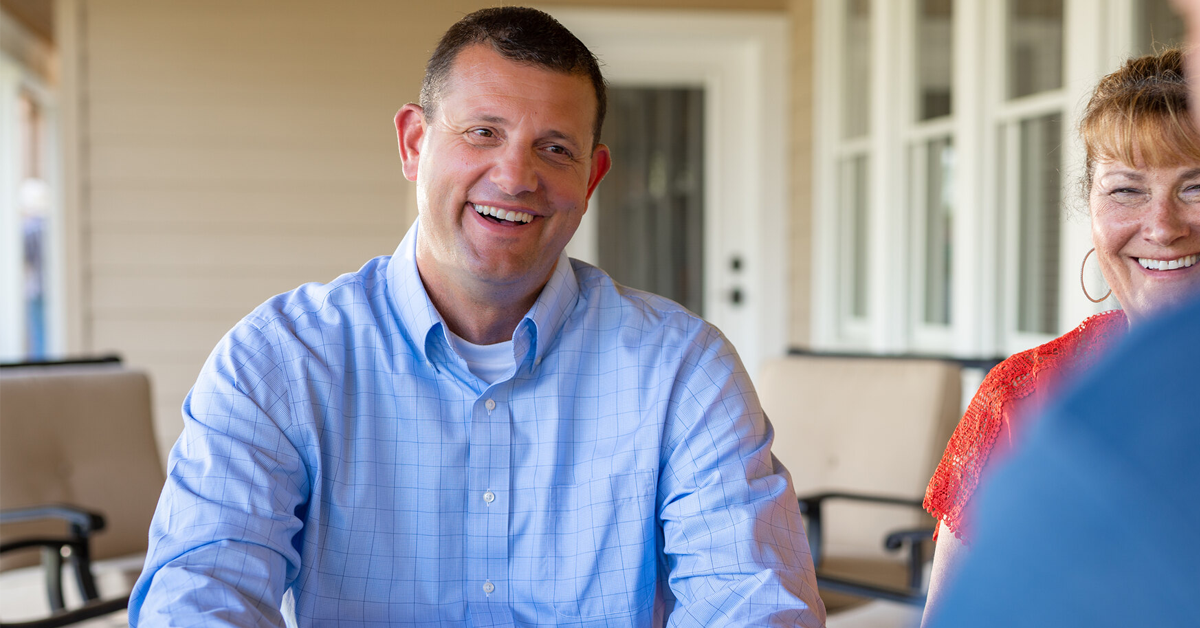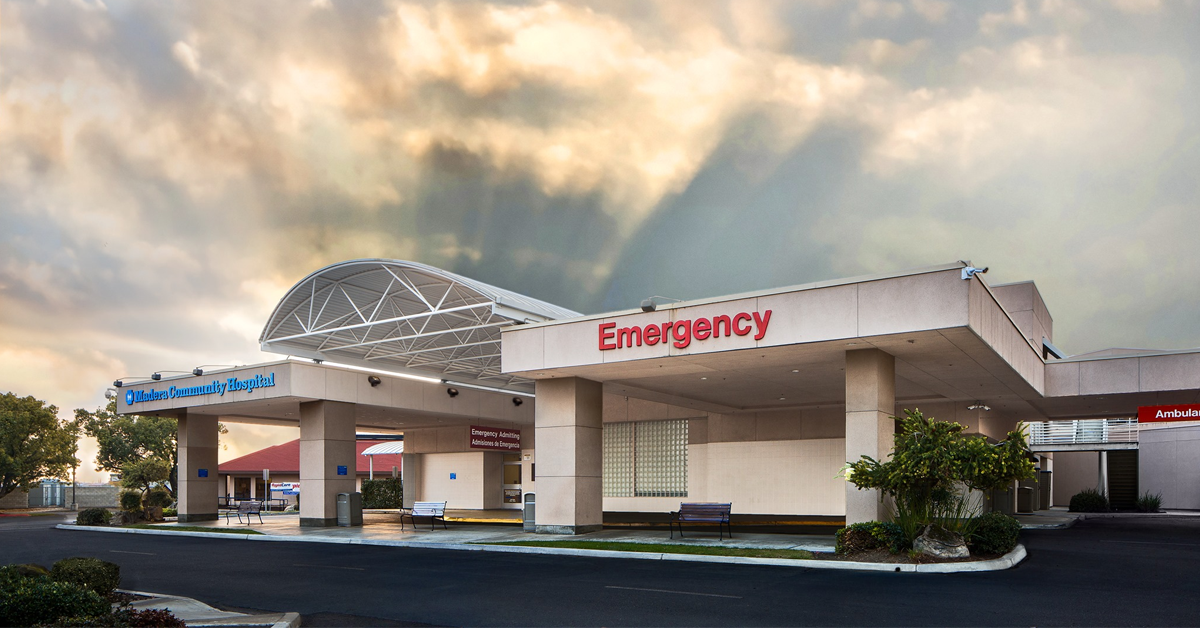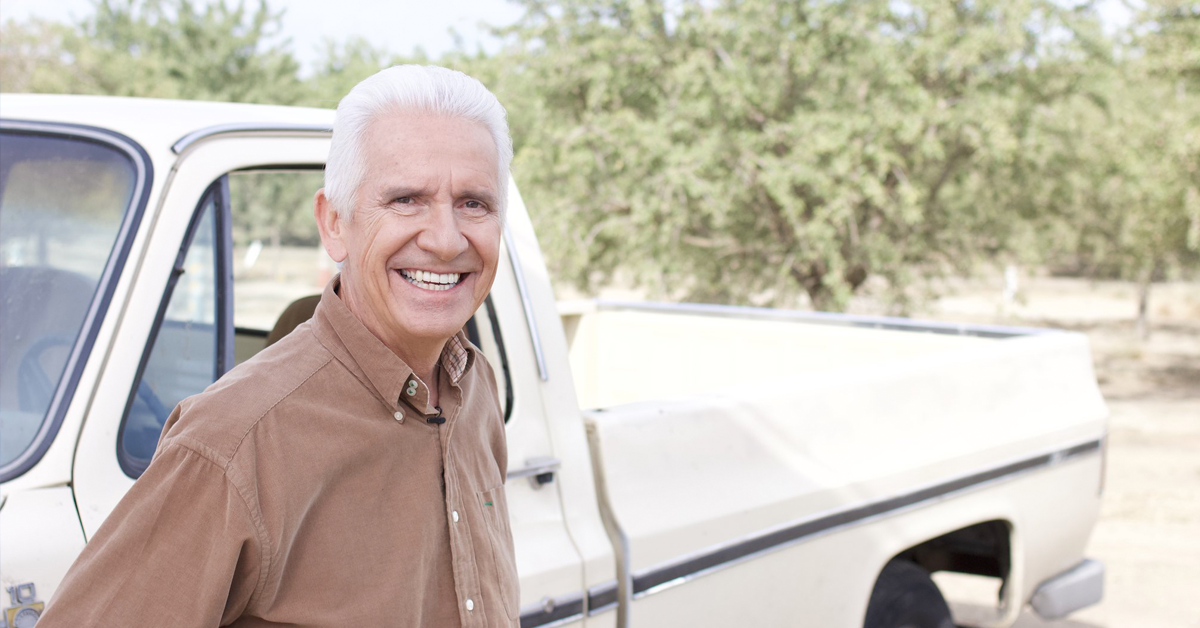More than three years ago, two parents were facing a crisis when their then five-year old daughter began battling a serious case of E. coli.
Naturally, they took their daughter, Jane, to Valley Children’s Hospital, the only children’s hospital located in the Central Valley – a hospital that they had absolute faith in.
But Erin Parnagian Melkonian and Matt Melkonian quickly discovered that Valley Children’s could not provide the care that Jane needed to save her life. A series of events snowballed into nightmare situation driven, in-part, by the hospital’s decision to not fund in-house dialysis service.
A family friend stepped in and urged them to transfer Jane to Lucile Packard Children’s Hospital at Stanford, which ultimately provided care that they consider night and day compared to Valley Children’s.
While she still confronts issues stemming from her near-death experience spanning from December 2020 to March 2021, Jane enjoys a relatively normal life as she approaches her ninth birthday in April.
And the fact that she even survived was only made possible, her parents say, by the care she received at Lucile Packard.
Valley Children’s has recently come under intense scrutiny over its moves to pay executives – from CEO Todd Suntrapak to senior vice presidents – lavish salaries and benefits far exceeding those of comparable pediatric hospitals.
A Fresno County family strongly behind Valley Children’s heads to the hospital
Erin’s family – the multi-generational owners of farming giant, Fowler Packing – has generously supported Valley Children’s for many years, giving her and Matt a prior relationship to CEO Todd Suntrapak, board members and various executives.
But their experience at Valley Children’s revealed a poorly-managed hospital that comes up far short of the pillar of excellence it has been marketed as for decades.
Erin took Jane into the Valley Children’s emergency room on Dec. 13, 2020, since she was suffering from extremely bad stomach cramps and could not keep any food down.
Jane was admitted to the hospital and was diagnosed with E. coli 0157, which causes severe intestinal infection. That developed into hemolytic uremic syndrome, a disease that leads to kidney failure and damages other organs.
Jane was monitored for a few days, and on Dec. 17, 2020, doctors found that her kidneys had completely shut down and told Erin and Matt that she needed to be placed in the pediatric intensive care unit (PICU), where she was placed on breathing support because she was on the verge of lung failure.
Doctors informed them that Jane also needed to be put on hemodialysis, which was to be the primary mode of treatment. Hemodialysis uses a machine to filter waste, salt and fluid from a person’s blood when the kidneys are failing. Hemodialysis is more common than peritoneal dialysis, which filters blood through the abdomen by using a cleansing fluid and a tube.
After receiving dialysis for the first time on Dec. 17, Jane was scheduled for it daily, but problems quickly started to surface.
“Very soon after she started dialysis – and I’m talking soon within a couple days – we noticed that they were not showing up on time,” Erin said in an interview with The Sun. “In fact, they were supposed to be there at 7 a.m. They didn’t show up sometimes until 5 or 6 p.m.”
Medical staff told Erin that Valley Children’s did not have the ability to do dialysis in-house and contracted the service out to an external source. Suntrapak later told her that the hospital is contracted with DaVita Inc.
While the dialysis service was repeatedly late, Jane’s condition was worsening. She was suffering from a distended and diseased abdomen.
“You’ve got a five-year-old girl that looks like she’s nine months pregnant,” Matt said.
Along with the severe delays in service, there was one instance where the dialysis technicians showed up five hours late to Valley Children’s only to discover that they did not have the right tubing, requiring them to drive out of the area and delaying service until late into the evening.
On Dec. 20 Erin informed Suntrapak of the delays in providing dialysis, worried that Jane’s condition would worsen without timely care.
Suntrapak told her that the hemodialysis staff is through DaVita and said he asked to be briefed on the delay.
After further questions from Erin, Suntrapak said the technician was delayed because of fog. He wondered if the technician was traveling from the Bay Area, which was a common occurrence at the time.
Seeking a second opinion
With the care issues piling up and Jane’s condition worsening, a family friend – Dr. Gail Lebovic – reviewed Jane’s medical records on Dec. 30 and urged Erin and Matt to transfer her to Lucile Packard.
Despite the advisement, Erin and Matt maintained faith in Valley Children’s.
“She told us right then and there, ‘You know, I think she would be better served at a hospital like Stanford.’ And we said, ‘No, you don’t understand. We have Valley Children’s. They’re the best of the best. We have absolute faith that they’re going to do the right thing.’ She continued to follow Jane’s care after that,” Erin said.
Lebovic brought up concerns about the care that Valley Children’s was providing, questioning why the hospital did not look at Jane’s appendicitis, was not looking at the root cause of the distension and bloating, was not taking a blood culture to determine if she had an infection.
Lebovic told them to request imaging from Valley Children’s. Valley Children’s docs retorted that imaging would require contrast dye, which would injure Jane’s kidneys more.
Despite her poor condition, Jane was also moved out of the PICU for a few days during that period and was in worse shape when the hospital returned her to the intensive care unit.
On Jan. 3, 2021, the hospital performed a CT scan without using contrast dye and determined that Jane had a perforated bowel, requiring emergency surgery.
Doctors told Erin and Matt that Jane could die in surgery and would probably die in recovery, giving her a one percent chance at living. The diagnosis came mere hours after a doctor told them that Jane had a bad case of peritonitis, which would be solved with antibiotics.
Switching to Stanford
At that point, following numerous delays, issues and inconsistencies, Erin and Matt decided that they would transfer Jane to Lucile Packard if she survived the surgery.
Jane survived, but the surgeons left a 12-inch incision into her abdomen open and said they would perform another operation in a couple days to put her intestines back in place and close her up.
Not only was Jane septic following the operation, but the nurses could not find the correct cords to hook her up to a machine to monitor her central venous pressure for nearly two hours.
Erin and Matt requested a transfer to Lucile Packard at 10 p.m. on Jan. 3, 2021.
Valley Children’s told them that they would work on it in the morning. Erin later learned that both hospitals have 24-hour transfer teams, yet Jane was forced to wait.
The next morning the hospital told them that insurance was holding the transfer up. They were later told that Stanford wanted to come pick up Jane.
Valley Children’s doctors then came into the room and asked why they were transferring their daughter to Lucile Packard, saying that Valley Children’s could do everything that the Stanford hospital could.
“These two doctors came in to pressure us to stay,” Erin said. “They knew Stanford was far superior at the time. We didn’t know that yet, but they must have.”
The transfer was eventually approved and they left at 4 p.m., but Erin and Matt were not allowed to ride with Jane in the ambulance.
“She was in pain and scared,” Erin said. “She had a tube forced into her throat to help her breathe. She couldn’t talk or even cry. We asked Todd if they could make an exception for me to ride with her. He told us ‘Sorry, it’s COVID protocol’ and I was not allowed to ride with her in the ambulance. For three agonizing hours we followed in our own vehicle, hoping we wouldn’t see the lights turn on, which would mean her condition was severe. There was a possibility that my daughter would die alone, without me or her father by her side.”
They arrived at Lucile Packard around 7 p.m. on Jan. 4. A team of physicians greeted them and said they were expecting them to arrive at 7:30 a.m., not understanding why it took all day for Valley Children’s to facilitate the transfer.
“I couldn’t believe how focused they were,” Erin said. “There were so many of them. One at a time they came up and introduced themselves and explained their care plan to us. They were eager to get our feedback. I was so relieved that we were not hearing that Jane’s state was so normal for her disease. Jane’s body was a mess, and they were prepared to put it back together again.”
Matt added, “When we got there, as bad as we knew that it was, it was like this big weight was lifted off our shoulders, because the quality of care we saw immediately the difference in the quality. And it didn’t matter how much money you have or how little money you have. They treated everyone the same, all those little patients the same. The quality of care there was night and day difference.”
They quickly discovered that Lucile Packard had its own in-house dialysis program, which was shocking to them.
“We didn’t know that,” Erin said. “We thought, ‘Well if Valley Children’s didn’t have it, why would Stanford have it? Valley children’s is just as good as Stanford.’”
The doctors performed a successful surgery on Jan. 5 to put Jane’s body back together again, and every morning after that the surgical team woke them up at 6 a.m. to check on Jane’s condition.
“We had never had a team of doctors come to check on us while we were at Valley Children’s,” Erin said. “Not once did we have a team come together like we saw at Stanford immediately. They knew that she needed expert quality care that was headed up by the critical care team and they assembled a team of doctors to service her. We had never seen anything like that before. That was definitely not our experience at Valley Children’s.”
Jane’s journey was far from over. She had a collapsed lung and was still dealing with infections. Part of her pancreas had died, and her heart had filled up with water, to go along with brain swelling. Jane had also lost the ability to talk and hear at the time.
“This girl was done,” Matt said. “She couldn’t see. She was basically a vegetable. This is my five-year-old little girl. She’s done.”
The surgical team at Lucile Packard requested imaging on Jane, saying that there is a special contrast dye that is very expensive but would not damage her kidneys. They had it flown in from the east coast.
A night and day difference between hospitals
Differences like that illustrated a stark contrast for Erin and Matt when comparing the two hospitals.
“When we had voiced concerns at Valley Children’s, we were almost always met with ‘this is normal. This is a normal course of this disease.’ I would tell the doctors Jane was getting sicker, or she’s complaining more,” Erin said. “And they would tell me, ‘You should be so lucky. That just means that’s a sign that she’s getting better.’ And that was a pervasive mentality throughout the hospital. I feel like it starts from the top and trickles down.”
At Lucile Packard it was not uncommon for an attending doctor to sit outside their room for hours watching Jane’s vitals, Erin said, something they never experienced at Valley Children’s. Doctors at Lucile Packard were also very interested in their feedback.
Lucile Packard also offered far more impressive and useful facilities, providing a fold-out bed in every room, unlike Valley Children’s, as well as a full bathroom for parents, kitchens and laundry rooms on every floor and daily janitorial service.
“At Valley Children’s I had to ask for the janitor to come to the room,” Erin said. “There were times where I was moved into the room and there was unknown things on the wall.”
Jane stayed at Lucile Packard until she was discharged in March 2021 and is currently on the kidney transplant list.
Erin and Matt sought answers as to why the care provided at Valley Children’s was radically different from what they experienced at Lucile Packard.
Confronting Suntrapak, Valley Children’s brass
They reached out to Suntrapak and hospital board member Bill Smittcamp to see if they could provide any insights into what happened with Jane’s case and if the hospital made any improvements
Erin and Matt said Valley Children’s was not willing to disclose any information on Jane’s case or if there were any improvements made.
They held a meeting in February 2023 with Suntrapak; Smittcamp; Senior Vice President and Chief Legal Officer William Chaltraw; Senior Vice President, Chief Physician Executive and President of Valley Children’s Medical Group David Christensen and Senior Vice President Beverly Hayden-Pugh.
When questioned about hemodialysis, Valley Children’s executives told Erin and Matt that the service is rather low volume and high complexity for the hospital and that the hospital looks to find the best value for the services that it provides.
After learning of the high compensation packages given to executives over the past few years, Erin and Matt feel that Suntrapak and the hospital made a baseless claim when blaming financial costs for why Valley Children’s does not have an in-house dialysis service.
Per the hospital’s latest tax return, Valley Children’s Hospital boasts more than $1 billion in assets under management.
While Erin and Matt did not get the answers they sought from the hospital’s leadership, they want to see the community continue to support Valley Children’s in the hope other parents and children do not receive a similar quality of care that their family did.
“We’re just ashamed of how it’s being run,” Matt said. “We got to see first hand what it’s like, and there is no reason for it. It should be better. And they market themselves as the best, but they’re not – not even close. We don’t want any other child or family to have to go through what we went through with that place.”
For them, a simple change in attitude from the hospital would be a good start.
“It would be one thing if Valley Children’s said, ‘We’re OK. We’re good. We’re good. We’re a good hospital.’ But when you start saying you’re the best hospital and then you make people believe that there is no place better, that’s when I see it being a major problem,” Erin said.
She added, “We’re here because we deeply feel for the kids in the Valley that are patients there now. We have compassion for all the kids in the Valley. We want the best for them. We want the best for this hospital. We want to be proud of what’s here, because I feel like we’ve built a very good, prominent place, and we want to keep it good. And right now it’s suffering a bit. And I feel like there are improvements that can be made to make it that top-notch hospital like Stanford.”










